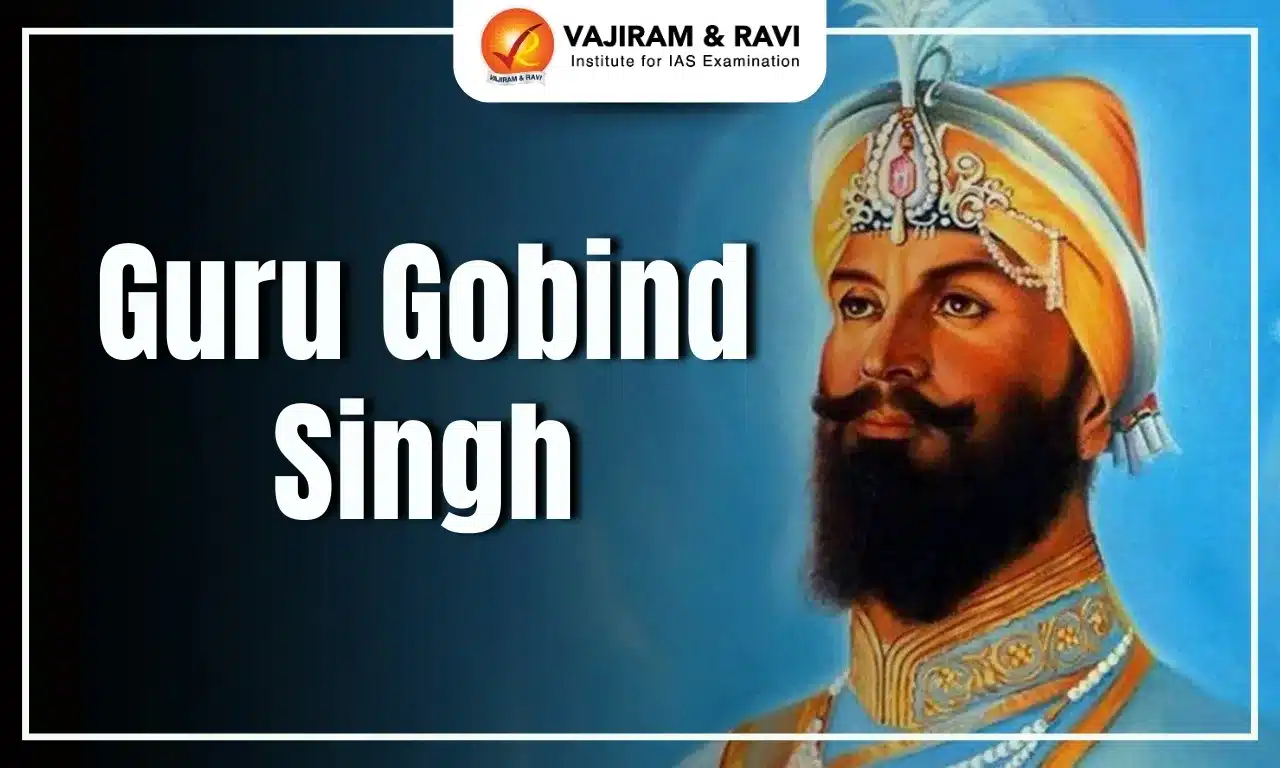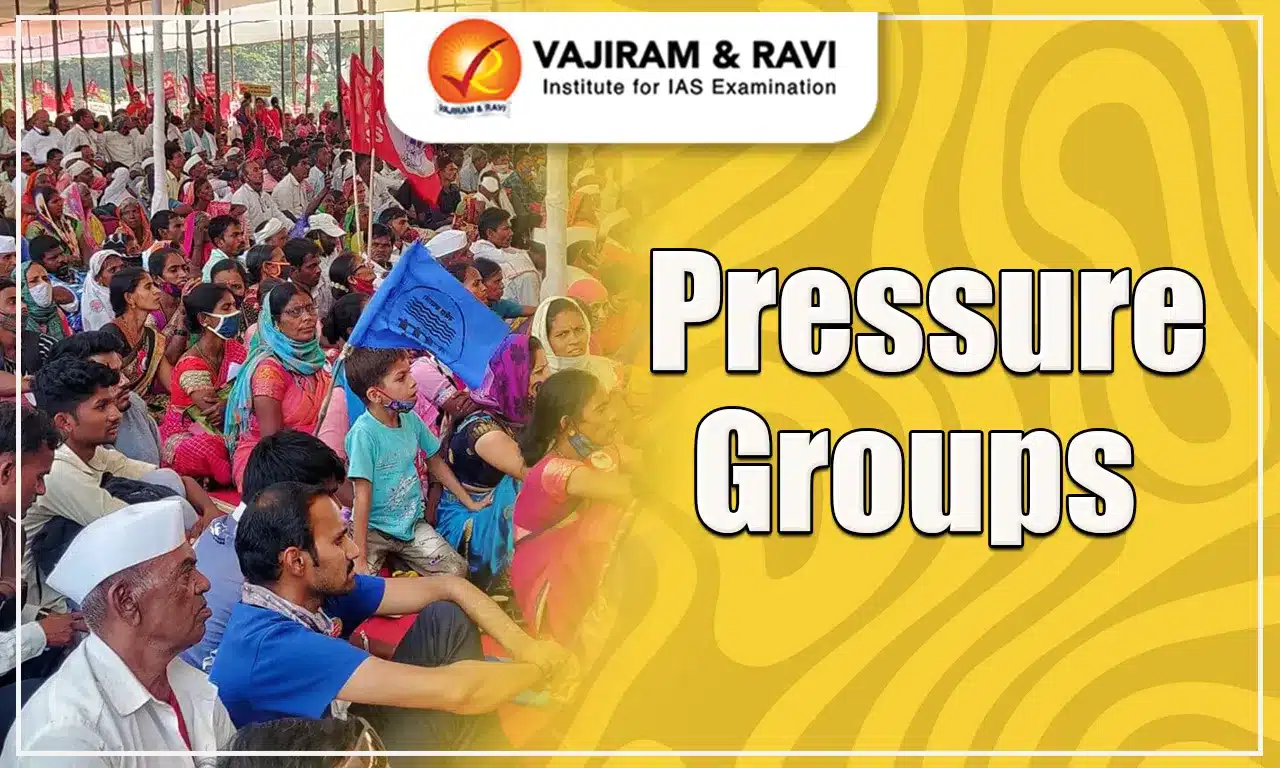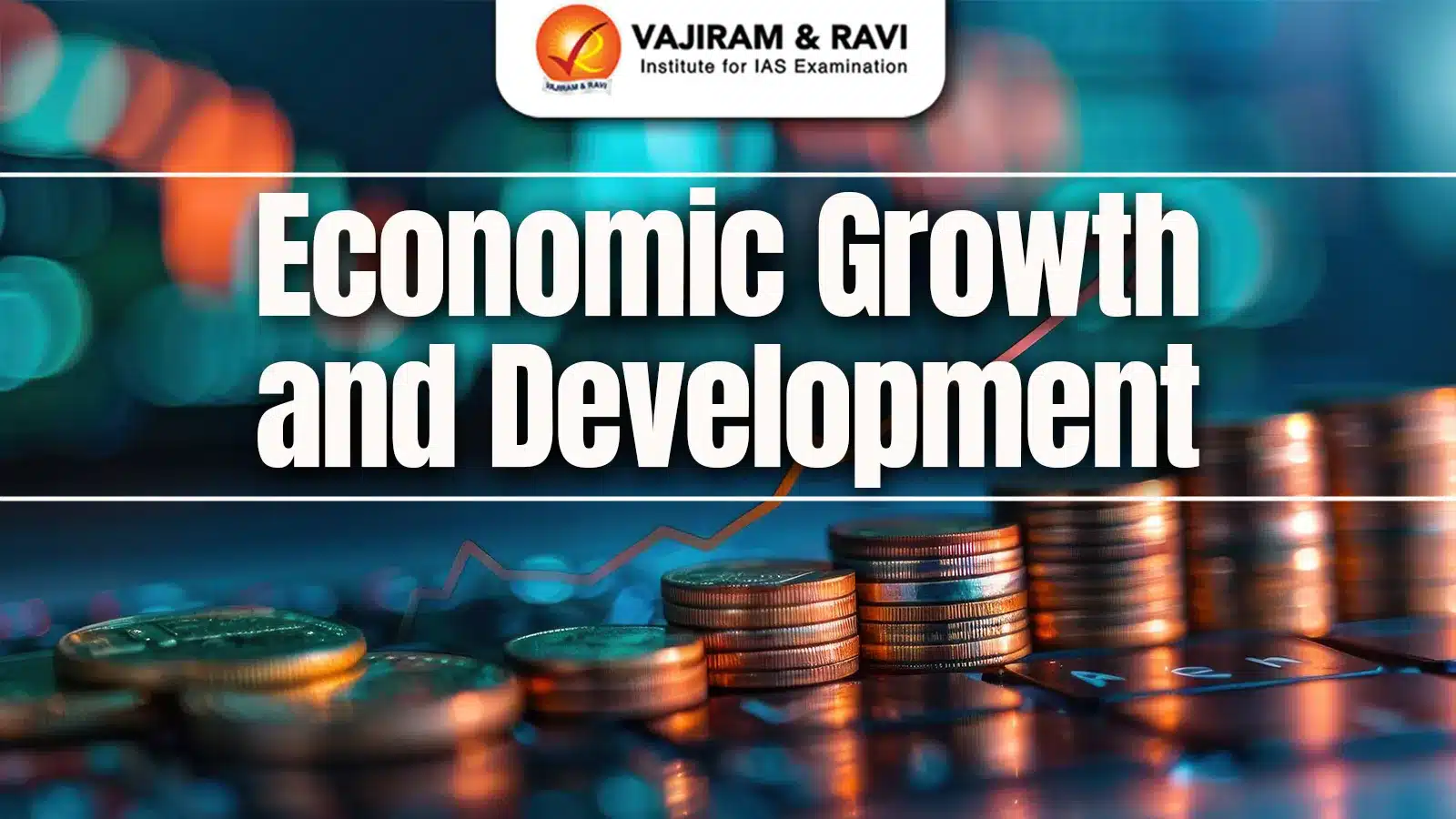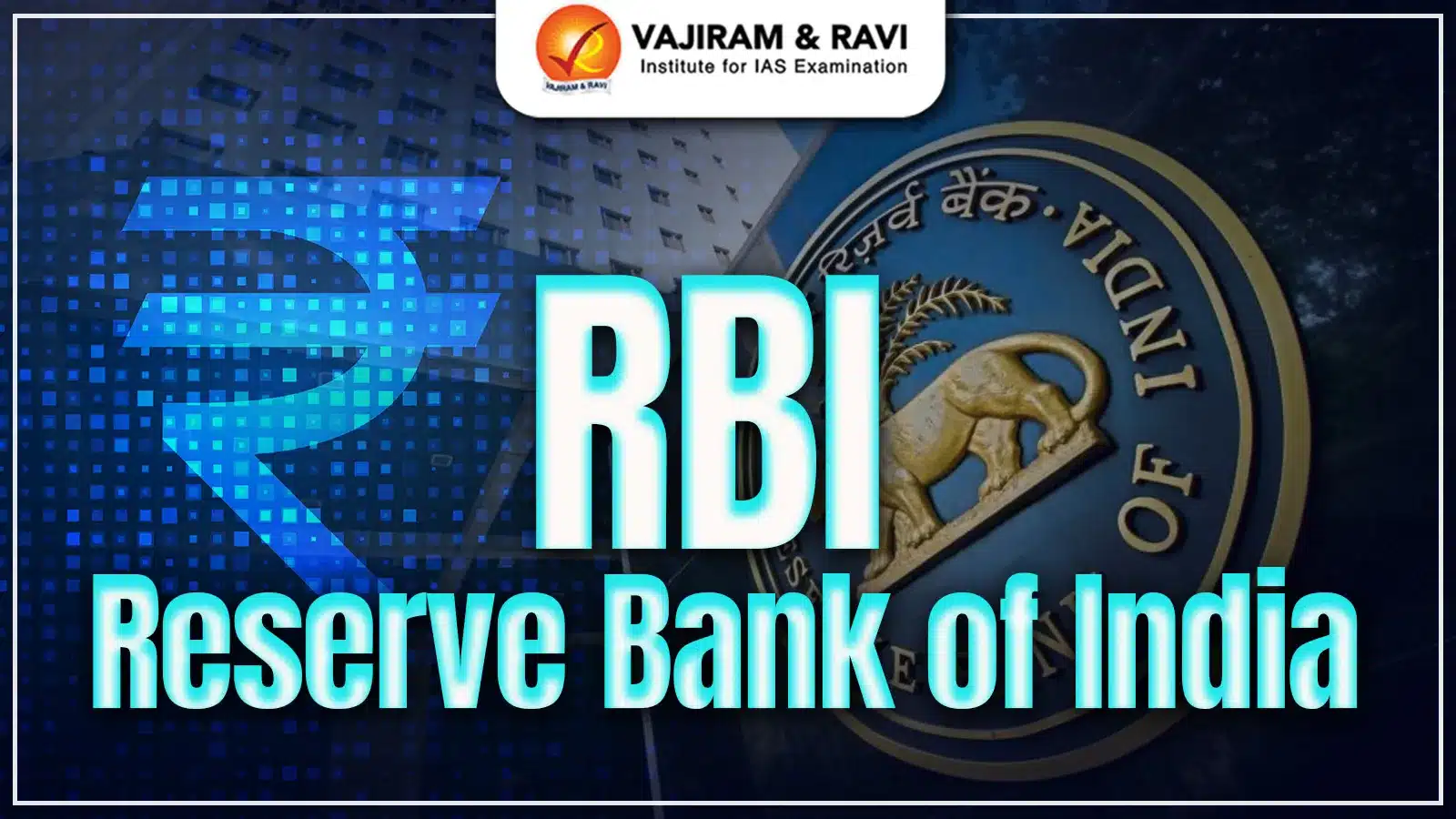Guru Gobind Singh (1666–1708), the tenth Sikh Guru, was a spiritual leader, warrior, poet, and philosopher. He transformed Sikhism by institutionalizing the Khalsa Panth, promoting equality, and empowering Sikhs to combat oppression. His life exemplifies courage, sacrifice, and unwavering faith in righteousness.
Guru Gobind Singh was also a skilled linguist, proficient in Persian, Arabic, and Sanskrit, along with his native Punjabi. Revered as "Kalgidhar Paatshah," he is often portrayed wearing a turban adorned with a white plume, carrying a sword at his side, and equipped with a bow and arrows on his back.
Guru Gobind Singh Biography
Guru Gobind Singh (~1666- 1708), originally named Gobind Rai, was born in Patna, Bihar, India, to Guru Tegh Bahadur, the ninth Sikh Guru, and his wife, Mata Gujri. He was the tenth and the last Sikh guru. Guru Gobind Singh was a distinguished warrior, poet, and philosopher. He was also a skilled linguist, proficient in Persian, Arabic, Sanskrit, and his native Punjabi.
Guru Gobind Singh Early Life
Guru Gobind Singh spent his early years in Patna Sahib before moving to Anandpur Sahib (then Chakk Nanaki) in Punjab in 1672. His upbringing emphasised spiritual learning alongside physical training.
- Education: Guru Gobind Singh was educated in Punjabi, Braj, Sanskrit, and Persian while also mastering weapons like swords, spears, bows, and firearms, including muskets and matchlocks, through rigorous martial training.
- Guru Gobind Singh’s Ascension as Guru: After the martyrdom of his father, Guru Tegh Bahadur, Guru Gobind Singh assumed the role of the tenth Sikh Guru in 1675 at the tender age of nine. The execution of Guru Tegh Bahadur for defending religious freedom deeply impacted him and shaped his resolve to combat injustice.
Guru Gobind Singh Contributions
Guru Gobind Singh’s contributions are multifaceted, spanning religious, social, and military realms. His most transformative act was the creation of the Khalsa, which redefined the identity and purpose of the Sikh community.
Establishment of Khalsa
In 1699, Guru Gobind Singh laid the foundation of the Khalsa, a distinct order of baptized Sikhs. This move instilled a strong sense of unity, discipline, and valor, transforming Sikhs into a community capable of self-defence and social reform. He conducted the Amrit Sanskar (baptism ceremony) and introduced the Five Ks, which became the essential symbols of Sikh identity:
- Kesh (uncut hair)
- Kara (steel bracelet)
- Kanga (wooden comb)
- Kachera (cotton undergarments)
- Kirpan (sword)
Guru Gobind Singh Literary Contributions
Guru Gobind Singh was a prolific writer. His compositions, compiled in texts like the Dasam Granth, contain poetry, philosophical treatises, and narratives that continue to inspire millions.
- Finalisation of Adi Granth: Guru Gobind Singh completed the Adi Granth, which has since been regarded as the eternal Guru of the Sikhs. Recognized as the 11th and final Guru, it holds a central place in Sikh worship.
- Dasam Granth: Guru Gobind Singh compiled the Dasam Granth, which includes hymns like Jaap Sahib and Chandi Di Var. It is a collection of hymns, philosophical discourses, Hindu mythological narratives, and poetic fables, composed in Braj, Hindi, Persian, and Punjabi.
- Bachittar Natak: The Dasam Granth includes Bachittar Natak, an autobiographical account detailing the first 32 years of Guru Gobind Singh’s life. Though it is generally attributed to the Guru, some scholars debate its authorship.
Guru Gobind Singh Military Leadership
Guru Gobind Singh demonstrated exceptional military leadership, defending Sikh values and resisting oppression. He led pivotal battles like the Battle of Bhangani and the Battle of Nadaun. Employing guerrilla warfare, fortifications, and strategic alliances, he inspired courage and sacrifice, transforming Sikhs into a resilient martial community.
Guru Gobind Singh Jayanti
Guru Gobind Singh Jayanti, also called Prakash Diwas ("Day of Enlightenment"), is observed annually by Sikhs to honor his birth anniversary. As per the Gregorian calendar, it typically falls in January. The occasion is marked by illuminating gurdwaras, conducting the Akhand Path (continuous recitation of the Adi Granth), and in recent times, Sikhs also light candles at their homes and places of worship.
Guru Gobind Singh Legacy
Guru Gobind Singh left an enduring legacy, passing away on October 7, 1708, in Nanded, Maharashtra. Before his demise, he proclaimed the Guru Granth Sahib as the eternal Guru, ensuring Sikhs would seek spiritual guidance through the holy scripture.
- His influence extends beyond his time, inspiring generations through his teachings, poetry, and leadership.
- Revered as a warrior, philosopher, and defender of the faith, he championed justice, equality, and religious freedom, shaping the Sikh identity and strengthening its spiritual and martial traditions.
Last updated on December, 2025
→ Check out the latest UPSC Syllabus 2026 here.
→ Join Vajiram & Ravi’s Interview Guidance Programme for expert help to crack your final UPSC stage.
→ UPSC Mains Result 2025 is now out.
→ UPSC Notification 2026 is scheduled to be released on January 14, 2026.
→ UPSC Calendar 2026 is released on 15th May, 2025.
→ UPSC Prelims 2026 will be conducted on 24th May, 2026 & UPSC Mains 2026 will be conducted on 21st August 2026.
→ The UPSC Selection Process is of 3 stages-Prelims, Mains and Interview.
→ UPSC Result 2024 is released with latest UPSC Marksheet 2024. Check Now!
→ UPSC Toppers List 2024 is released now. Shakti Dubey is UPSC AIR 1 2024 Topper.
→ Also check Best IAS Coaching in Delhi
Guru Gobind Singh FAQs
Q1. Who was Guru Gobind Singh?+
Q2. What is Guru Gobind Singh Ji famous for?+
Q3. What is the Guru Granth Sahib? +
Q4. What are the key contributions of Guru Gobind Singh?+
Q5. Who is Waheguru in Sikh religion?+



















